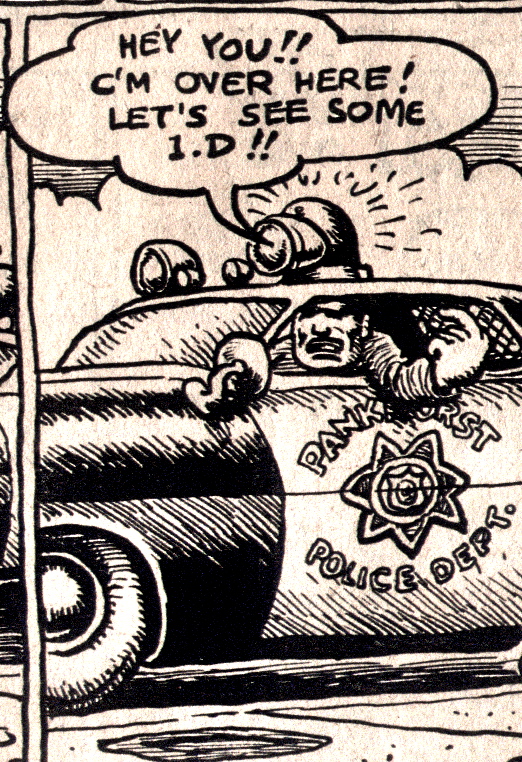About ICD-10
In 1893 a French demographer named Jacques Bertillon published an “International List of Causes of Death,” organized by anatomical systems —“Diseases of circulatory system,” “Diseases of respiratory system,” etc. As recounted by Kathryn Schultz in the New Yorker:
A hundred and twenty years later, that list is still with us. Today, it is managed by the World Health Organization, and is known as the International Statistical Classification of Diseases and Related Health Problems—or, more commonly, the ICD-10. The ICD still reflects Bertillon’s original structure, but it has expanded prodigiously in the course of ten revisions. As its new name suggests, that is partly because it now includes entries for nonfatal diseases. (And much more besides. Beginning after the Second World War, the W.H.O. bowed to the desire of hospitals and insurance companies to use the ICD for billing purposes; as a result, it now contains entries for every imaginable health-care interaction, from well visits to warts. That shift displeases some epidemiologists, since, as a report by the Centers for Disease Control has pointed out, public-health priorities no longer drive the management of the list.)
But, even if you strip the classification of everything that can’t kill you, you are left with a staggering number of things that can. The ICD-10 comes in three forest-green volumes (or as a download, or on CD-ROM), can be purchased for $562.82 through Barnes & Noble, and runs to twenty-two hundred pages. The first cause of death that it lists is A00.0, “Cholera due to Vibrio cholerae 01.” The last is Y89.9, “Sequelae of unspecified external cause.” Arrayed between them are more than eight thousand other officially sanctioned ways to die. Taken together, those ICD entries are used to code and standardize the causes of death on death certificates.
SCC founder Tod Mikuriya, MD, used the ICD to compile his master list of conditions treated with cannabis (by himself, fellow cannabis specialists, and as reported in the pre-prohibition medical literature). For this data-collection effort he was ridiculed by Clinton Administration officials, including Secretary for Health and Human Services Donna Shalala.




